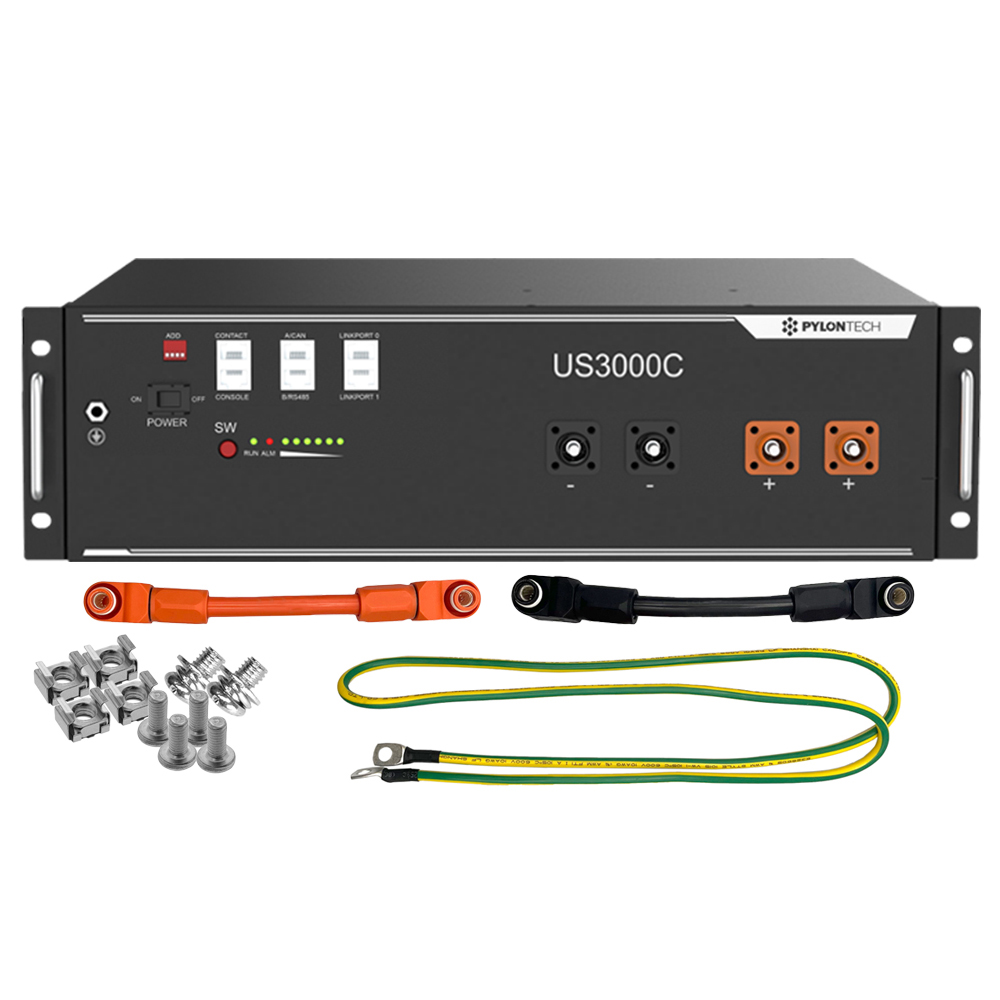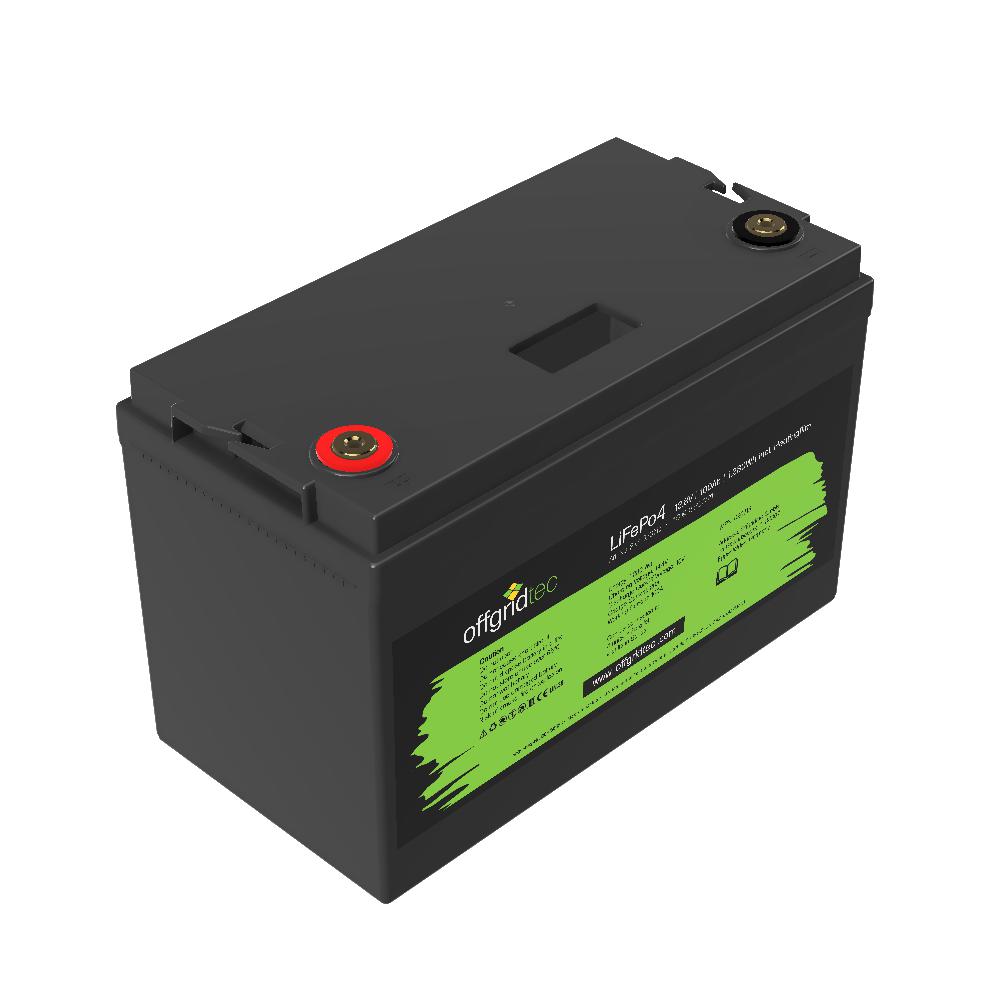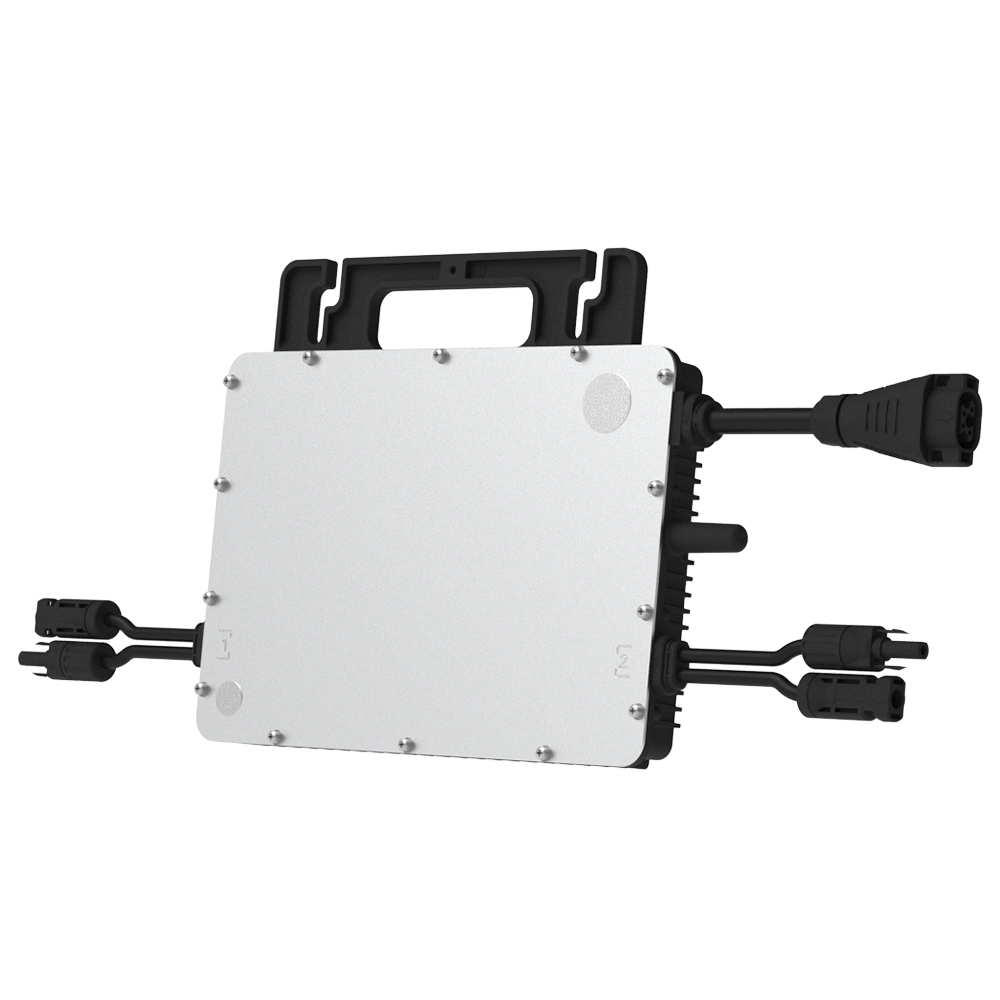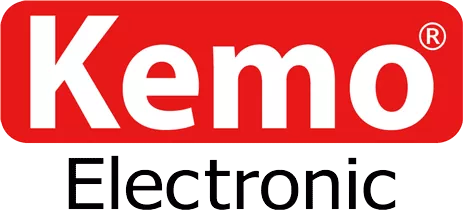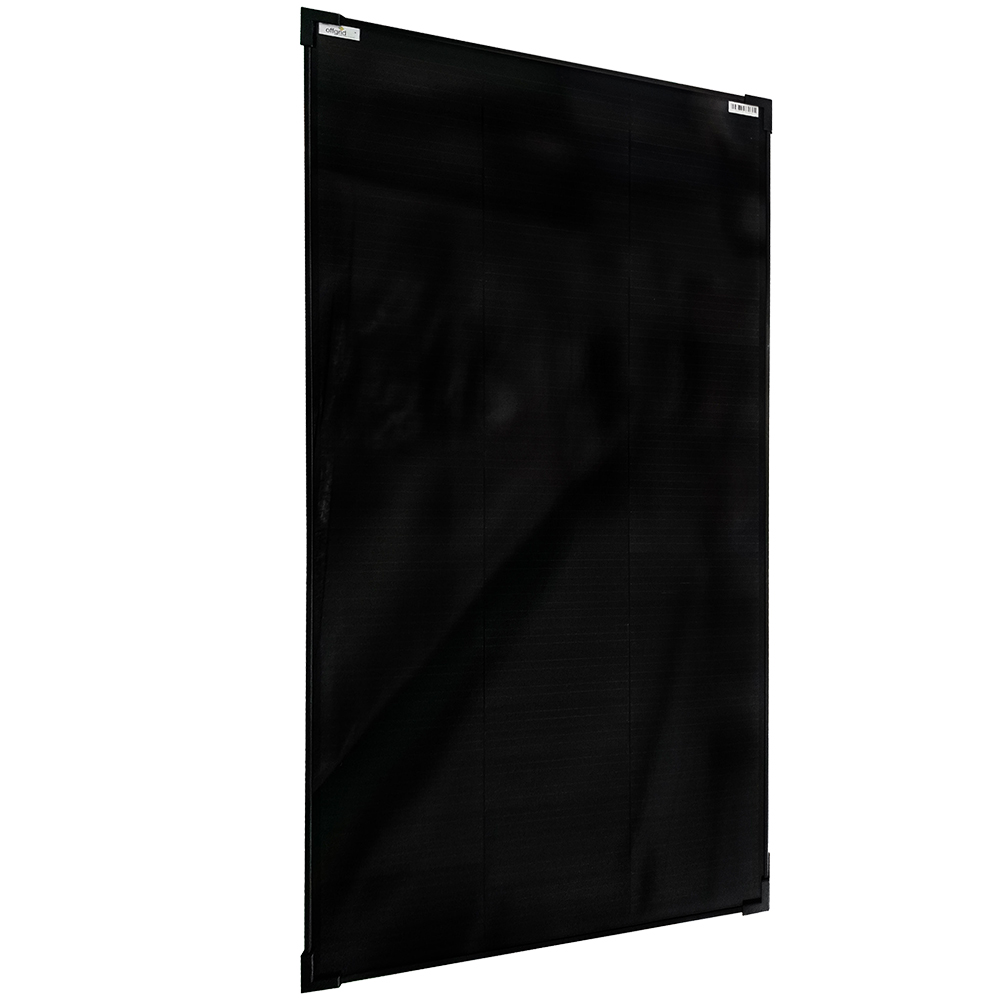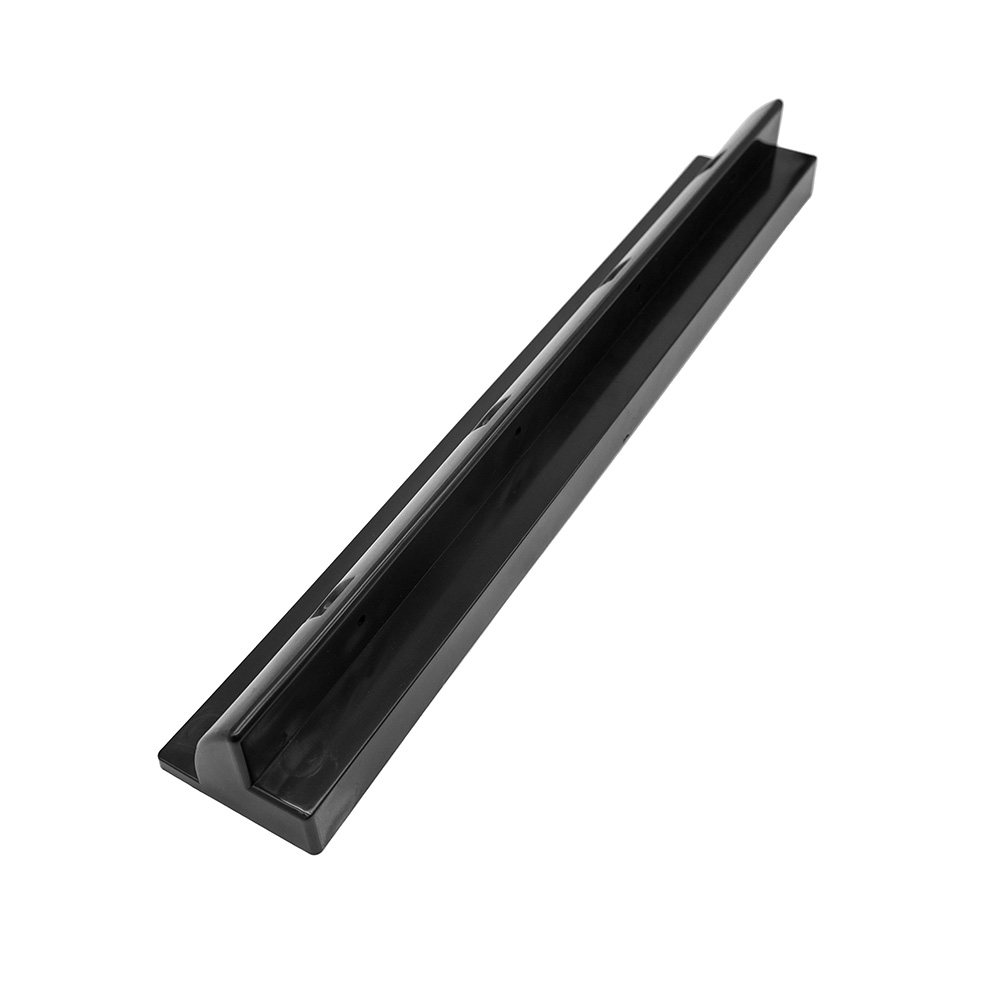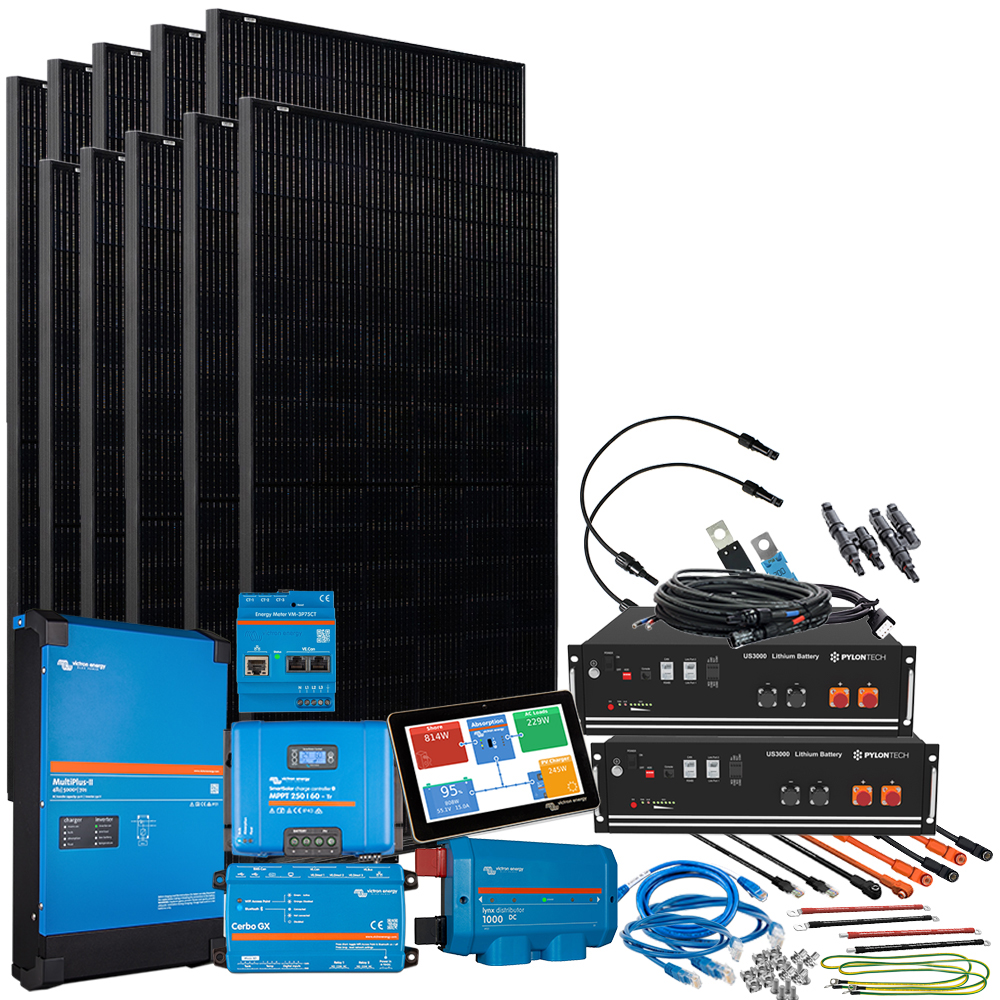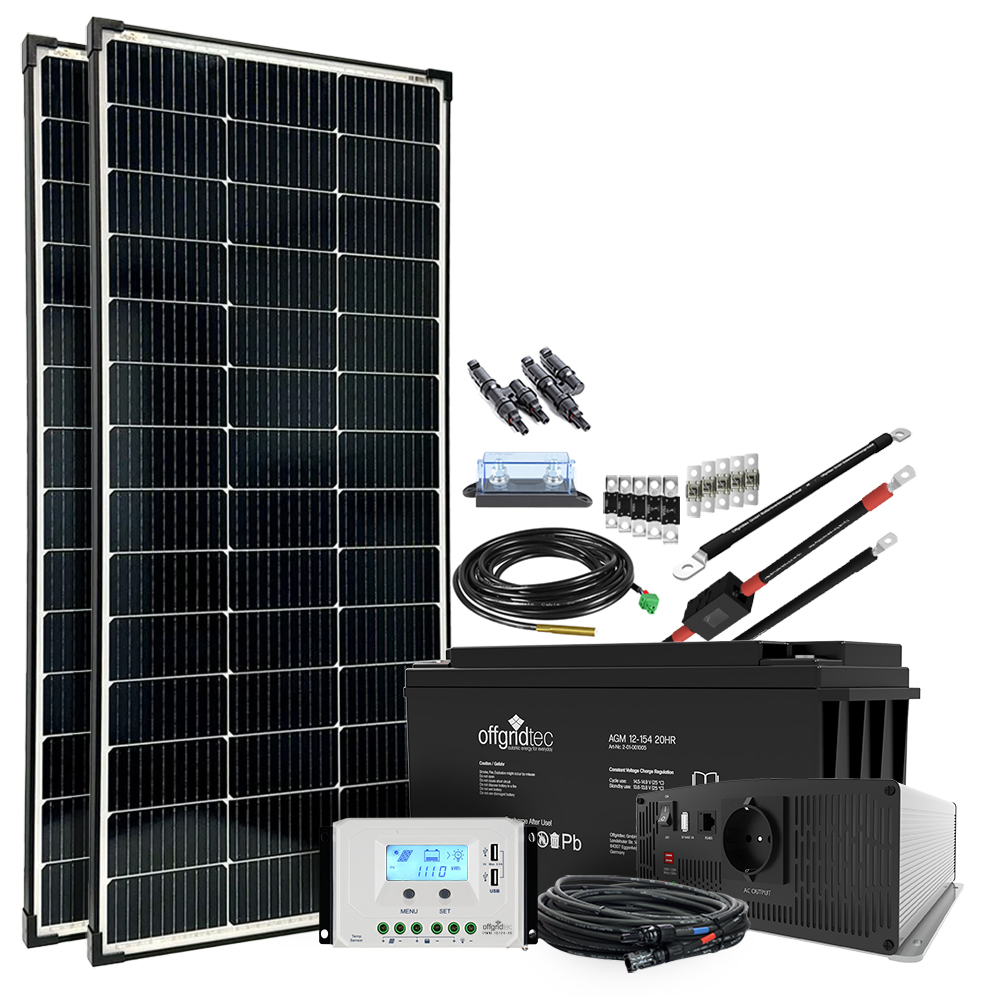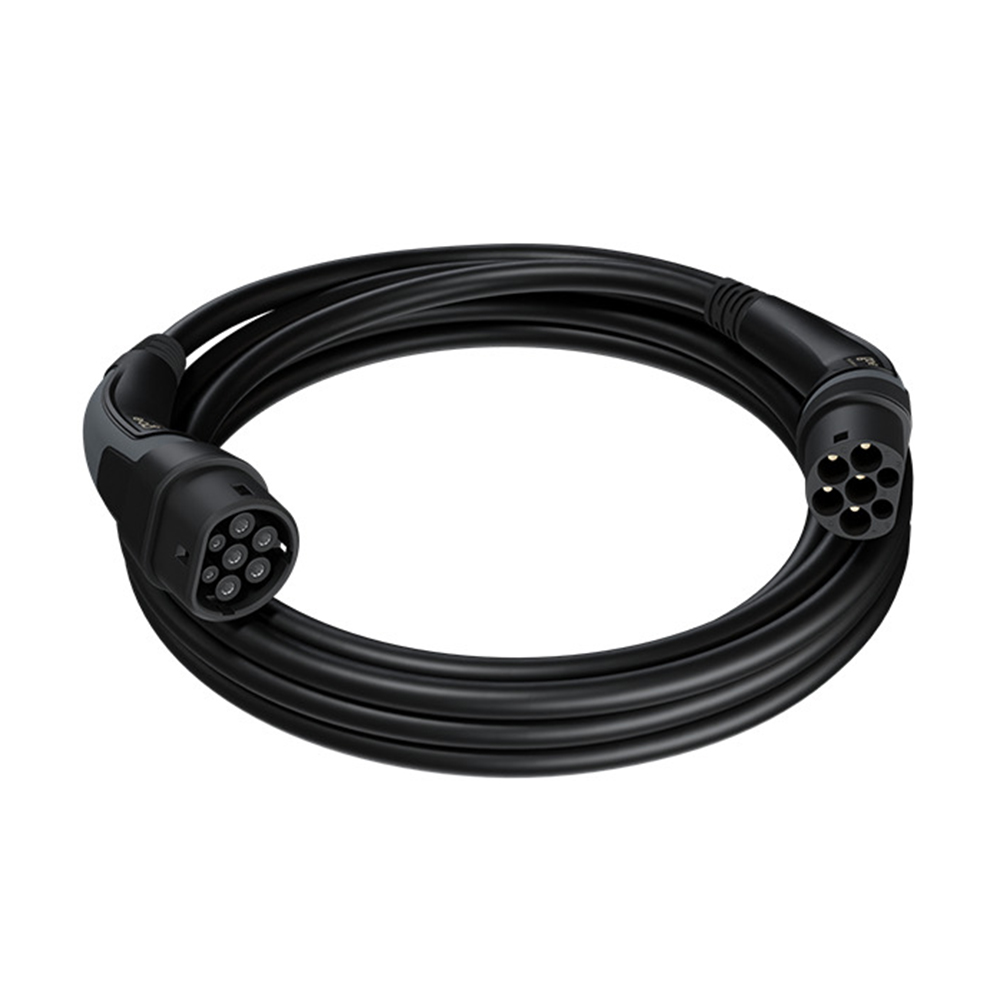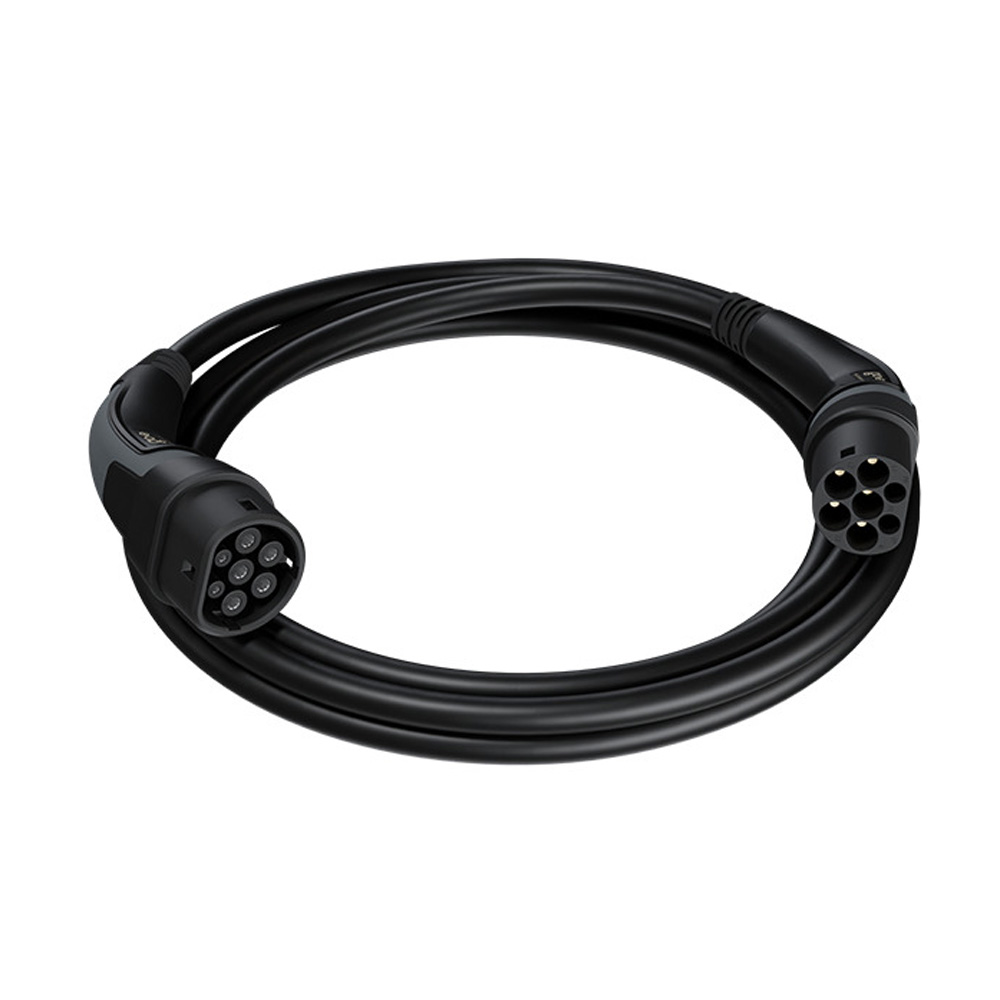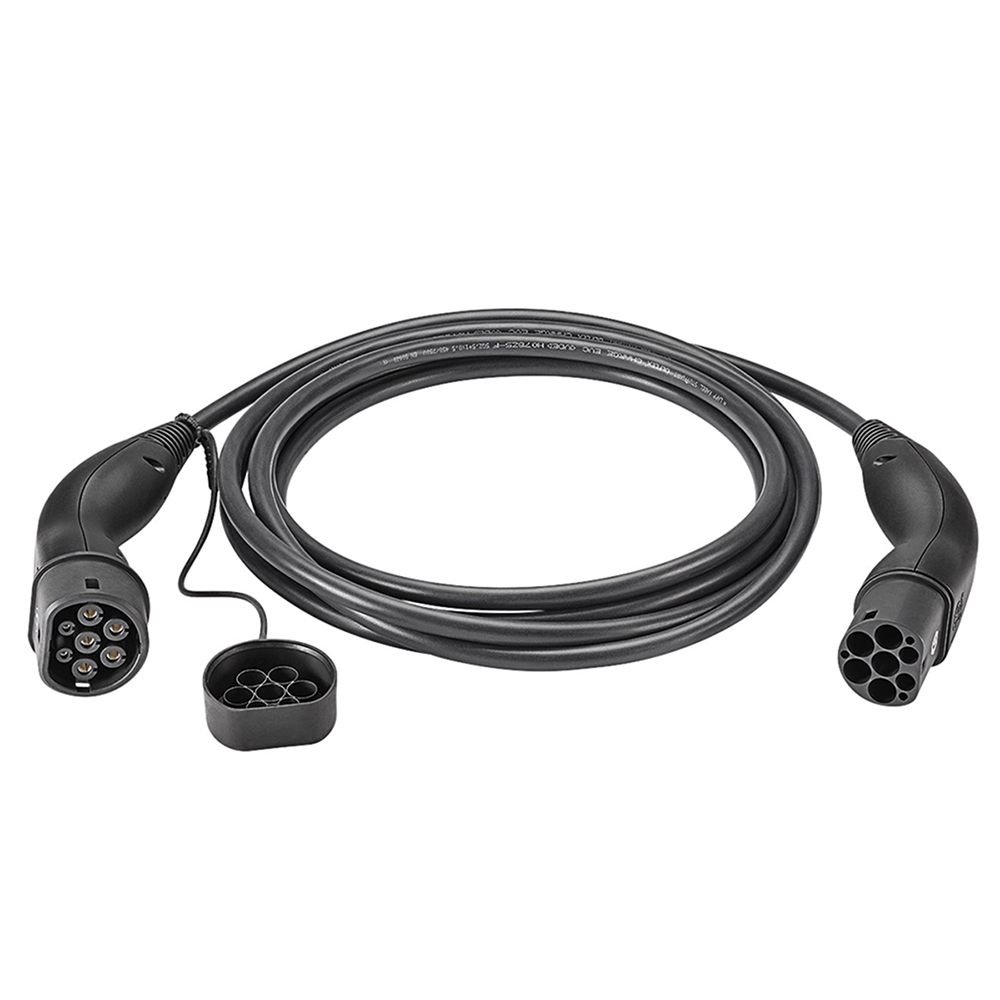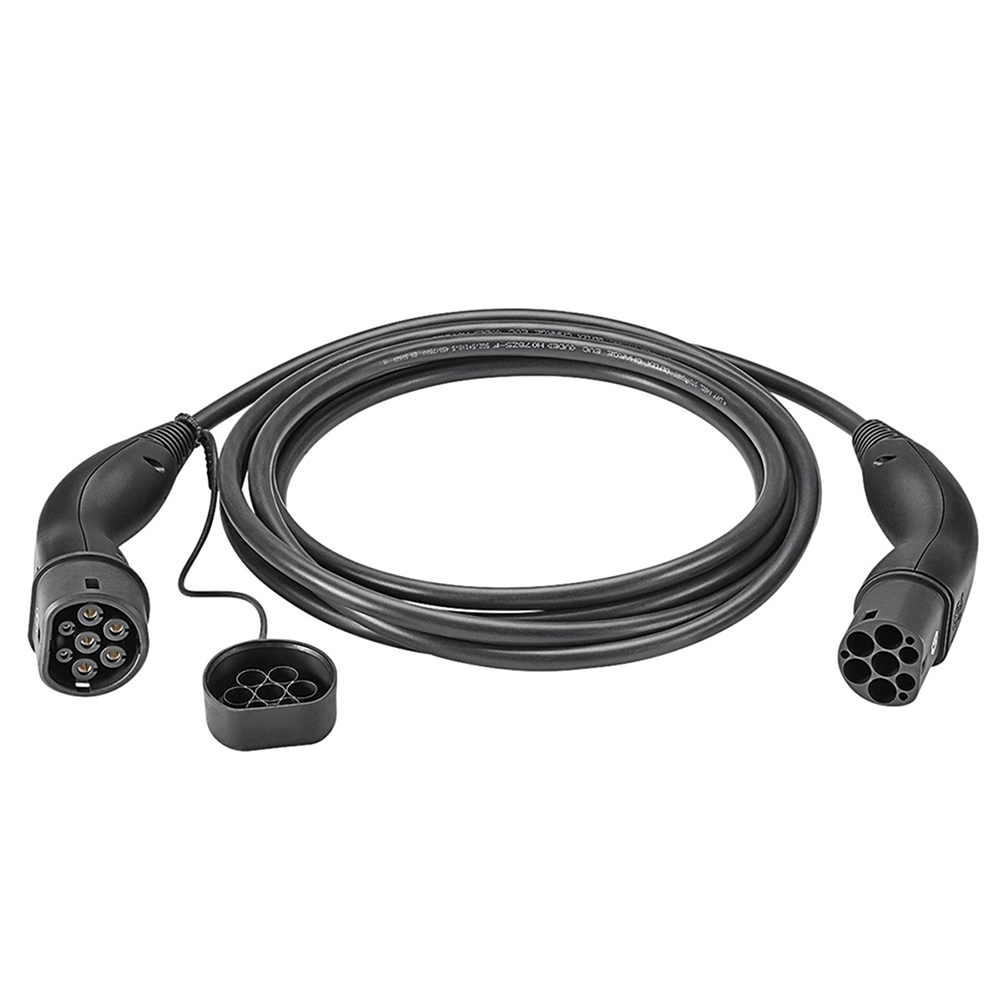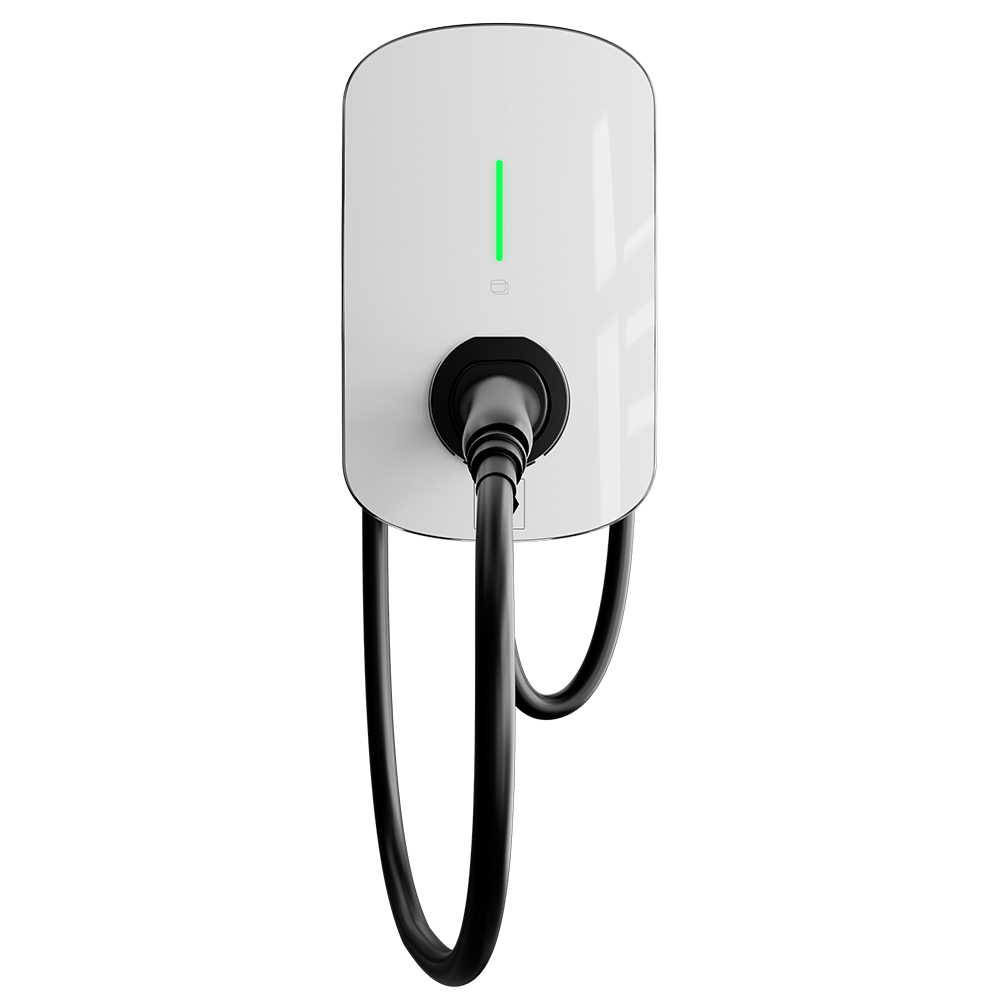Electric mobility
Shipped in 2-5 days
Shipped in 2-5 days
Shipped in 2-5 days
Shipped in 1-3 days
Shipped in 1-3 days
Shipped in 1-3 days
Shipped in 1-3 days
Shipped in 1-3 days
Shipped in 1-3 days
Shipped in 1-3 days
Shipped in 1-3 days
Shipped in 1-3 days
Shipped in 1-3 days
Shipped in 1-3 days
Shipped in 2-5 days
Shipped in 2-5 days
Shipped in 2-5 days
Shipped in 1-3 days
Shipped in 1-3 days
Shipped in 2-5 days
Shipped in 2-5 days
Shipped in 2-5 days
Shipped in 1-3 days
Shipped in 1-3 days
Shipped in 1-3 days
Shipped in 1-3 days
Shipped in 1-3 days
Shipped in 2-5 days
Shipped in 2-5 days
Shipped in 2-5 days
Shipped in 2-5 days
Shipped in 2-5 days
Shipped in 2-5 days
Shipped in 2-5 days
Shipped in 2-5 days
Shipped in 2-5 days
Shipped in 2-5 days
Shipped in 2-5 days
Shipped in 2-5 days
Shipped in 2-5 days
Shipped in 2-5 days
Shipped in 2-5 days
Shipped in 2-5 days
Shipped in 2-5 days
Shipped in 2-5 days
Shipped in 2-5 days
Shipped in 2-5 days
Shipped in 2-5 days
Shipped in 2-5 days
Shipped in 2-5 days
Shipped in 1-3 days
Shipped in 1-3 days
Shipped in 1-3 days
Shipped in 2-5 days
Shipped in 2-5 days
Shipped in 2-5 days
Shipped in 2-5 days
Shipped in 2-5 days
Shipped in 10-14 Werktage
Shipped in 10-14 Werktage
Shipped in 10-14 Werktage
Shipped in 2-5 days
Shipped in 2-5 days
Shipped in 2-5 days
Electric mobility - Solutions for charging infrastructure & electromobility
Electric mobility is more than just a trend—it is the future. The popularity of electric vehicles is growing, and with it the need for a suitable charging infrastructure for electric vehicles. That is why you will find innovative products and state-of-the-art technology from renowned brands for your electric vehicle here. Our product range currently includes EV chargers, wall boxes, and matching accessories. We are also constantly expanding our range so that your electric car or plug-in hybrid is always ready for use, whether for your next adventure, the commute to work, or your next shopping trip.
What is an EV charger?
The basic function is already in the name, because EV stands for "electric vehicle," so it is a charger specifically for electric vehiclesthe chargers on offer can charge a wide range of electric cars, as long as they are equipped with the right charging connector. The Type 2 charging connector is the standard in Europe and is compatible with the following models, for example:
- Tesla Model S, Model 3, Model X
- BMW i Series, 225xe, e Series
- Audi e-tron, A6-A7-A8 TFSI e
- Volkswagen ID.3, ID.4, e-Golf
In addition, there are both single-phase and three-phase devices, as well as models that support both operating modes, to meet the individual requirements of your electric vehicles. Our chargers can generally be used in both private and commercial settings and can mostly be combined with PV systems, so that your electric car is powered by green solar energy. Thanks to modern app control via Bluetooth or, in most cases, WiFi, you retain full control and have access to operating parameters and statistics.
How does a wallbox differ?
A wallbox is an EV charger for home use and, unlike general EV chargers and charging stations, can only be mounted on a wall or column and therefore cannot be installed and used as a free-standing charging station. Otherwise, there are no predefined standards, so there are designs for connection to simple three-phase sockets as well as networked charging connections that communicate with multiple charging points and, for example, the PV system and battery storage. Less powerful wallboxes can also be operated with single-phase current. In general, a wallbox charges your electric vehicle much faster than using a simple household outlet and offers many other advantages with its integrated battery protection, programmable operating modes, and various monitoring options. Colloquially, the wallbox is often referred to as a wall charging station, but this is usually installed directly in a wall.
Various operating modes
In addition to manual configuration, depending on the model and design, the devices have different operating modes that allow, for example, flexible switching between the optimal power supply with solar energy or fast charging options, some of which are even dynamic or time-controlled. In fast charging mode, charging is performed at maximum power, if available, from a renewable energy source or, alternatively, directly from the power grid. Often there is a PV mode that allows pure charging with surplus solar energy, so that the vehicle is supplied with 100% renewable energy. In off-peak mode, the charger only charges during off-peak hours to reduce the electricity bill. If the device has a load balancing mode, the charging power can be dynamically adjusted to the house power with the appropriate accessories, so that the electric car is charged at maximum charging power without triggering the power limit.
Charging types and charging plug types
Electric vehicles can be charged using either alternating current (AC) or direct current (DC). AC chargers charge the battery more evenly, but are generally slower because the conversion of the current takes place directly in the vehicle and is limited to the power of the integrated converterdC chargers charge the battery much faster as quick chargers because the conversion takes place directly in the charger, but they are also much larger and more expensive. In addition to the type of current, factors such as the power of the charger and the power that the vehicle can actually process also influence the charging speed. In short, the component with the lowest power ultimately determines the overall charging speed.
With the introduction of electric vehicles, various plug types have also been developed, depending on the characteristics of the power grid and the type of electricity used. In Europe, three-phase Type 2 plugs are the standard for AC charging, enabling a charging capacity of up to 22 kW at home and up to 43 kW at public charging stations. In addition to these, CCS plugs can also be found at charging stations in Europe. This is an extended version of the Type 2 plug with two additional power contacts for fast charging. It supports both AC and DC charging at speeds of up to 350 kW. There are also single-phase Type 1 plugs, which are the AC standard for electric vehicles from America and Asia and enable a charging capacity of up to 7.4 kW. CHAdeMO is a DC fast charging system from Japan that is mainly compatible with Asian electric cars and enables charging capacities of up to 100 kW.
Why does my EV charger need RFID?
RFID stands for radio frequency identification and enables contactless data exchange. The technology is already used in many everyday situations, such as in access cards for hotel rooms or for contactless payment. Some EV chargers also feature RFID technology, as it offers a convenient way to manage charging permissions. It enables the straightforward authorization of users to charge at the charger using pre-programmed RFID cards and the subsequent allocation of the energy supplied to a specific user together with the corresponding time stamp. This is particularly useful for tracking and billing charging energy for different users or for company cars that are charged at home, for example.
Location and installation
Installing an EV charger requires careful planning and professional support. In general, the installation of an EV charger or charging station must always be carried out by a certified electrician to ensure efficient and safe operation and, if applicable, to maintain the manufacturer's warranty. When choosing a location, the specific device requirements of your charging station should be taken into account, such as the type of installation and protection from the weatheralso, ensure that the charging cable and plug of the charger are compatible with your electric vehicle and that the power output meets the requirements of your vehicle model and your individual needsnbsp;Modern chargers also often offer smart features such as remote monitoring and smart home integration. It's best to consider in advance whether you want to use these features. Don't forget to register your charger. While EV chargers with up to 11 kW currently only need to be registered with the relevant network operator, charging stations with 22 kW require additional approval.


